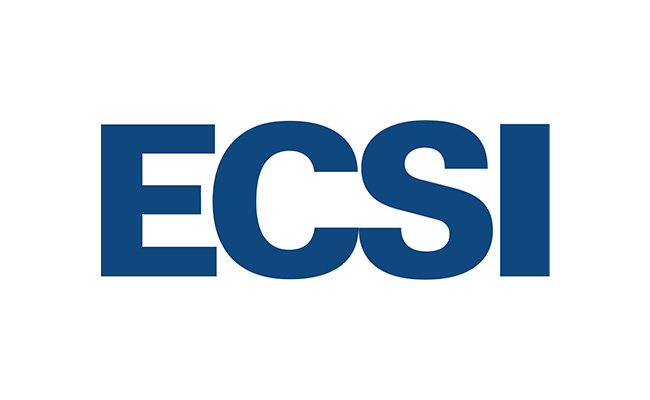Adding digital customer service channels to the mix.
Digital customer service channels offer diverse options for helping consumers, ranging from high touch to completely self-service. Customers value choice and the wide breadth of digital channel options provides them a lot to choose from.
If you're a business currently exploring digital customer service channel options, you're probably already supporting one digital channel - your website. Customers will frequently self-serve with the information on websites, including store hours, return instructions, and FAQs. Every time a customer can resolve an issue on their own represents an avoided call and likely a satisfied customer.
Along with websites, email support is one of the oldest digital customer service channels, as well as the most frequently used. Forrester reports that 54% of consumers used email in 2018 to receive support. Agent assistance and the ability to include a lot of details are features that appeal to email support users. Our research found that 82% of businesses offer email support, making it almost as common as phone support.
Chat support is also becoming a commonly used digital customer service channel, and it has high satisfaction scores, probably due to the convenience and real-time agent interaction that characterizes chat sessions. A study we conducted in 2018 showed a significant year-over-year increase in the percentage of businesses offering chat support, from 46% in 2017 to 67% the following year. Likewise, consumer adoption increased from 10% to 30% year-over-year.
The fourth channel worth noting in this section is mobile apps. Not every business model lends itself to a mobile app, but for those that do it can be an effective way of providing self-service support. We found that with a 44% satisfaction score, it's one of the highest rated channels.
These four digital customer service channels - websites, email, chat, and mobile apps - are the most mature channels and worth investing in now if business requirements support it.








